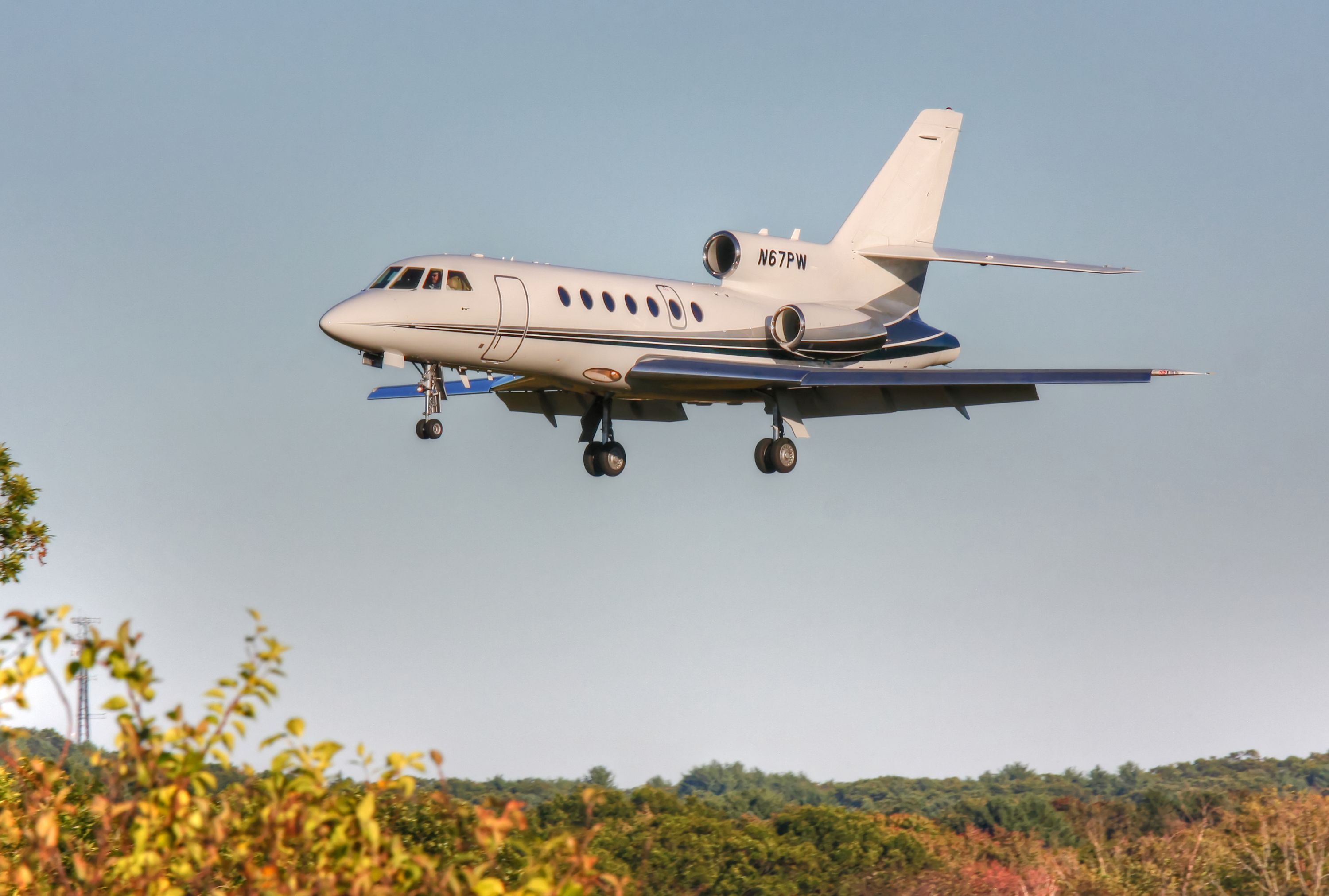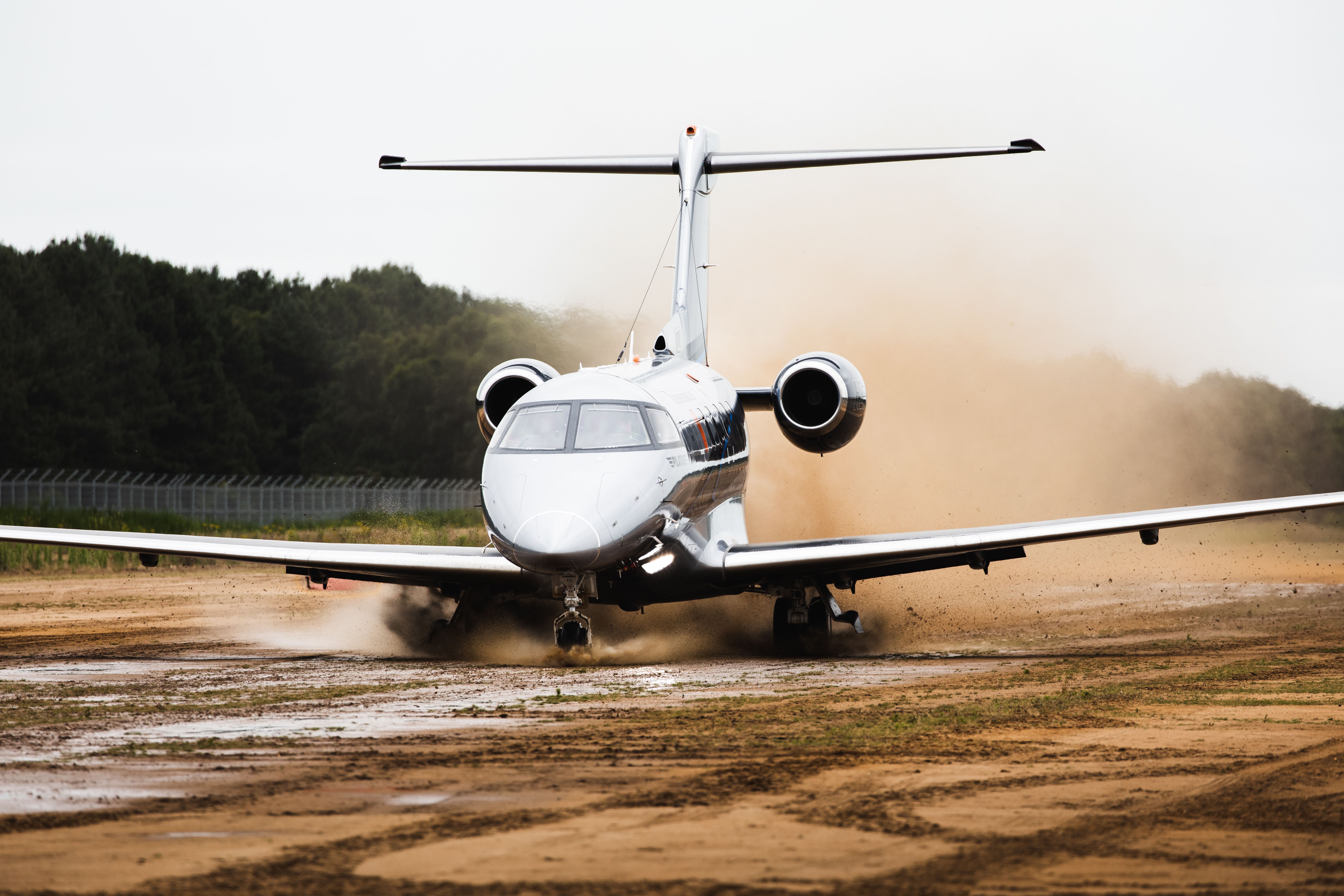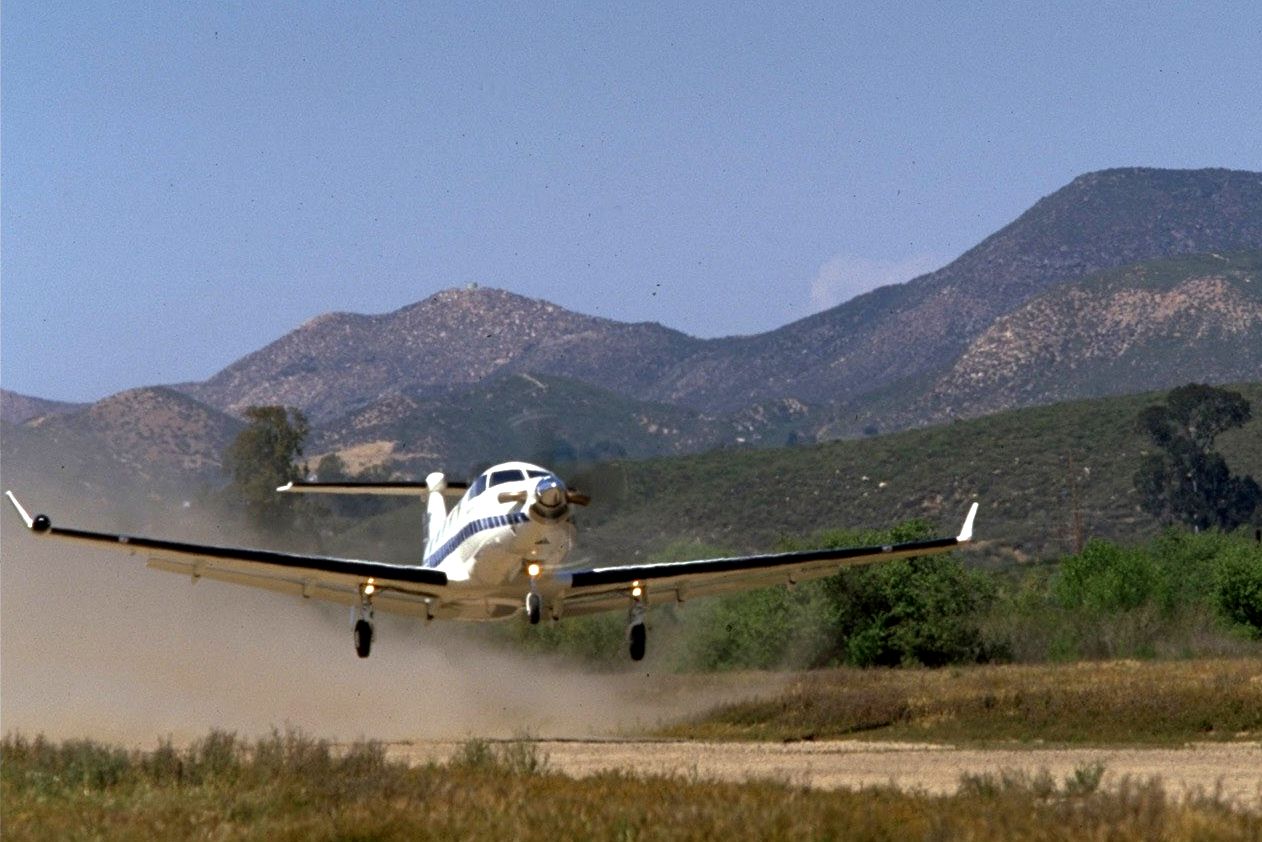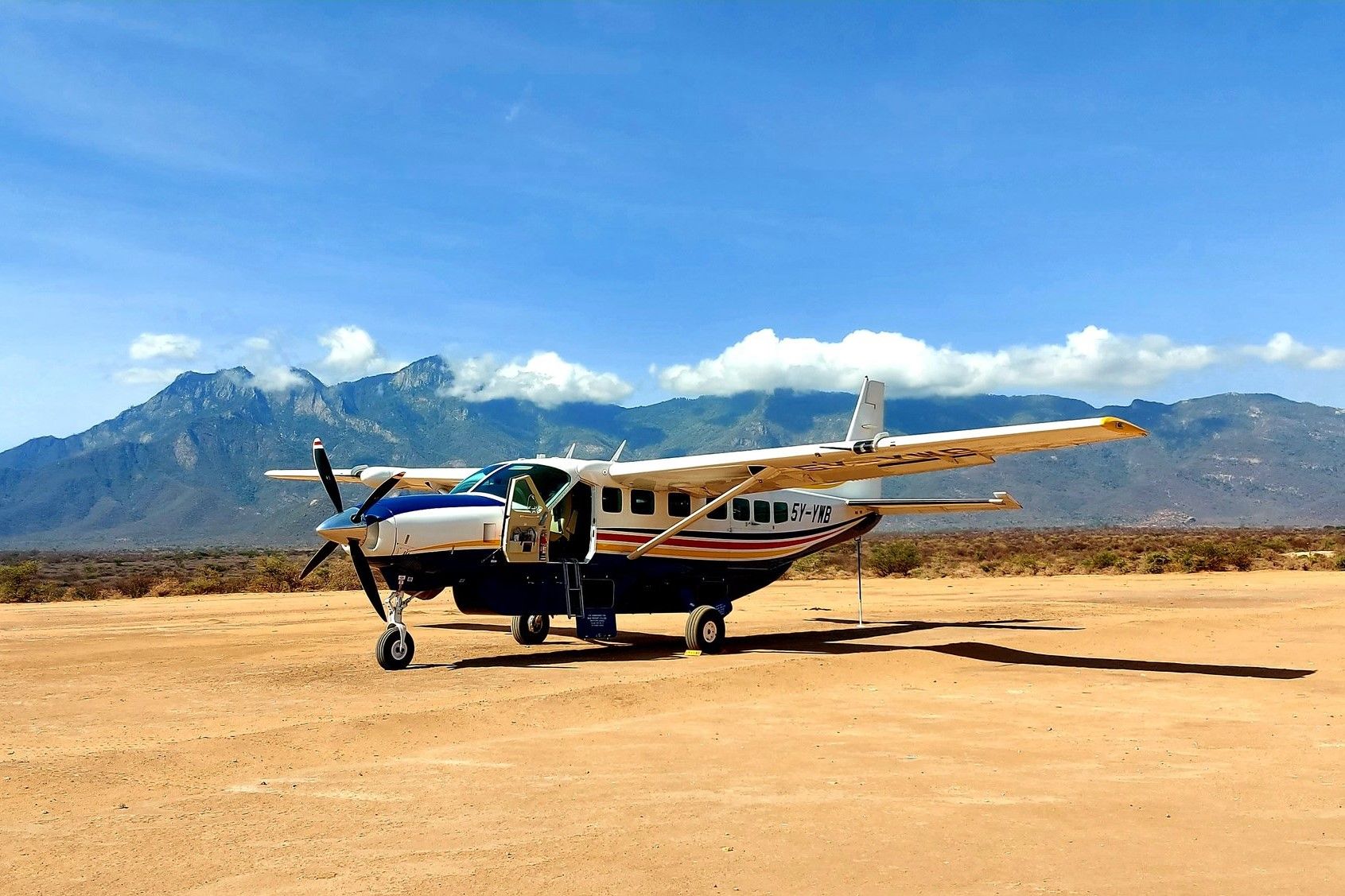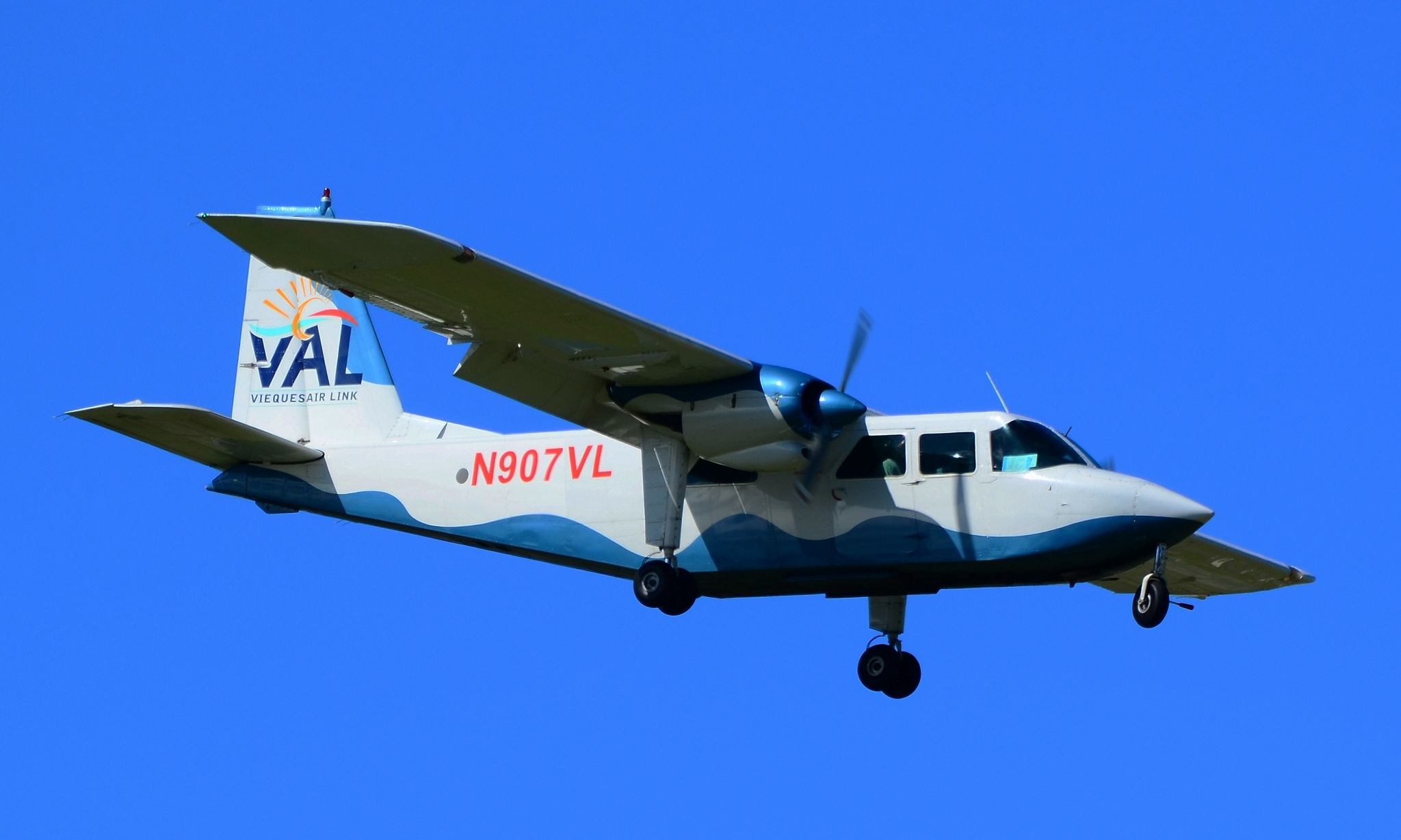Summary
- The Dassault Falcon 50 and Pilatus PC-24 are versatile jets known for their ability to operate from rough and short airstrips.
- Pilatus PC-12 and Cessna 208 Grand Caravan EX are also highly accessible and can operate in rugged environments.
- The BN-2 Islander is designed for accessing the most challenging runways and remote environments.
General aviation aircraft are used for a wide range of applications. From the private transport of passengers and cargo to humanitarian aid and air forces, private planes are used by many. As it happens, the utility aspect of certain aircraft makes them easier to operate from unpaved runways and unconventional airstrips.
Simple Flying has compiled a list of five private aircraft that can operate from some of the roughest and shortest airfields, as highlighted by Flapper.
5 Dassault Falcon 50
Takeoff distance: 4,934 ft (1,504 m)
| Seating capacity | 8 to 9 passengers |
| Maximum Takeoff Weight (MTOW) | 39,700 lb (18,000 kg) |
| Cruise speed | 488 knots (903 km/h) |
| Range | 3,075 NM (5,695 km) |
Dassault’s Falcon 50 is a super mid-sized business jet designed and developed by the French manufacturer Dassault Aviation. Introduced in 1977, the aircraft is famous for its distinctive tri-jets, a feature only available on a handful of under-production aircraft.
Photo: QualityHD | Shutterstock
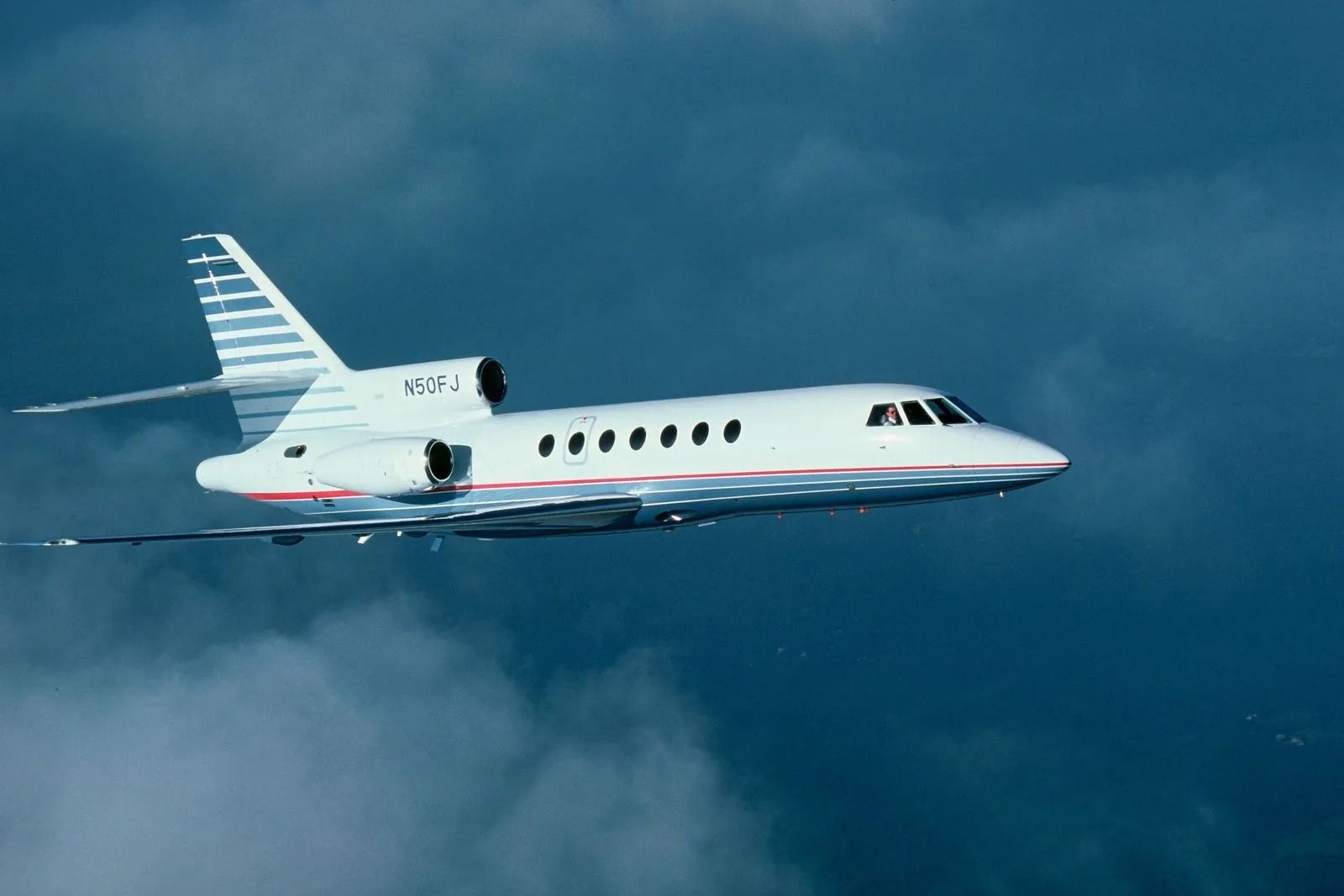
Dassault Falcon 50: A Look At The 3 Variants
During its production run, Dassault built 352 Falcon 50s.
The type is powered by three Honeywell TFE 731 turbofan engines, each capable of producing 3,700 lbf (16.46 kW) of thrust. Its trailing arm landing gear design makes the Falcon 50 usable at most airstrips. With the aircraft’s robust and classical tri-cycle landing design, it can operate on some of the toughest runways and airstrips.
Developed from Falcon 20, more than 350 examples of the Falcon 50 were produced between 1976 and 2008.
4 Pilatus PC-24
Takeoff distance: 3,090 ft (942 m)
| Seating capacity | 10 passengers |
| Maximum Takeoff Weight (MTOW) | 18,700 lb (8,500 kg) |
| Cruise speed | 440 knots (815 km/h) |
| Range | 2,000 NM (3,704 km) |
The Pilatus PC-24 is a twin-engined jet designed and developed by Pilatus Aircraft of Switzerland. Introduced in 2018, work on the PC-24 began in 2007 following the success of Pilatus PC-12. The manufacturer aimed to produce a more modern twin-engine aircraft with greater range and speed. The PC-24 is powered by two Williams FJ44 turbofan engines, each capable of producing 3,400 lbf (15 kN) of thrust. It features a long-stroke trailing link landing gear capable of smoothing uneven surfaces.
Photo: Pilatus
Pilatus’ PC-24 can operate from almost any surface, including gravel surfaces, rugged surfaces, unpaved runways, and fields. The aircraft’s double-slotted flap system facilitates excellent performance, particularly at low speeds. The aircraft has been in production since 2015. As of 2023, the manufacturer has built over 120 units of the PC-24 jets.
3 Pilatus PC-12
Takeoff distance: 2,602 ft (793 m)
| Seating capacity | 6 to 9 passengers |
| Maximum Takeoff Weight (MTOW) | 10,450 lb (4,740 kg) |
| Cruise speed | 285 knots (528 km/h) |
| Range | 1,845 NM (3,417 km) |
Pilatus’ PC-12 is a single-engined turboprop plane also designed and developed by the Swiss aircraft manufacturer. Introduced in 1994, the aircraft is popular for its wide range of applications, including private transport, utility operations, and chartered services. The PC-12 is powered by a single Pratt & Whitney Canada PT6A engine, capable of producing 1,200 shaft horsepower (890 kW). Its trailing arm landing gear design makes it accessible to most airstrips.
Pilatus’ PC-12 is one of the most versatile aircraft when it comes to operability, utility, and accessibility. Pilatus claims the PC-12 can operate in the most rugged environments, including the Australian outback and rough airstrips. The aircraft has been in production since 1991. As of 2023, the manufacturer has built over 2,000 units of the versatile type.
2 Cessna 208 Grand Caravan EX
Takeoff distance: 2,160 ft (660 m)
| Seating capacity | 9 passengers |
| Maximum Takeoff Weight (MTOW) | 8,000 lb (3,629 kg) |
| Cruise speed | 186 knots (344 km/h) |
| Range | 964 NM (1,785 km) |
The Cessna Grand Caravan is a single-engined turboprop designed and developed by Textron Aviation’s business unit, Cessna. Introduced in 2013, the aircraft is popular for its wide range of applications, including cargo and utility services. The Cessna 208 is powered by a single Pratt & Whitney Canada PT6A engine, producing 192 shaft horsepower (143 kW). The fixed tricycle landing gear design makes it accessible to most airstrips.
Photo: Yellow Wings Air Services
According to Cessna,
“The Cessna® Grand Caravan® EX aircraft is known for its dependable and efficient performance by regional airlines, charter operators and cargo carriers worldwide. The Grand Caravan EX turboprop was engineered for challenging missions, high payloads and short, rough runways while delivering single-engine economy and simplicity.”
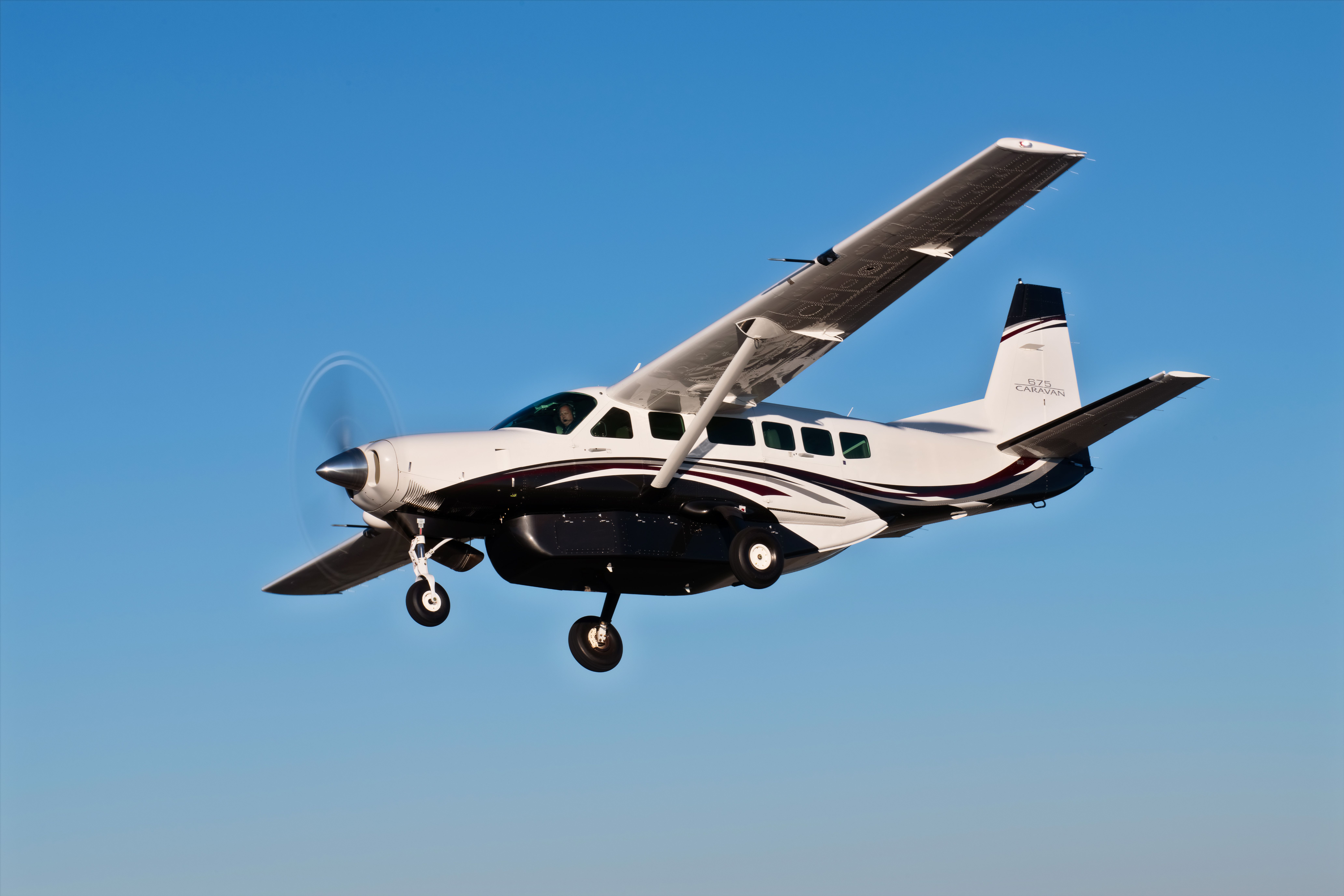
Kenya’s Safarilink and Yellow Wings Commit To Electrifying Their Cessna Grand Caravan Fleets
Safarilink and Yellow Wings will transform Safari air travel in East Africa.
1 BN-2 Islander
Takeoff distance: 1,218 ft (370 m)
| Seating capacity | 9 passengers |
| Maximum Takeoff Weight (MTOW) | 6,600 lb (3,000 kg) |
| Cruise speed | 130 knots (240 km/h) |
| Range | 755 NM (1,398 km) |
The Britain-Norman (BN) Islander is a twin-engined light utility aircraft designed and developed by Britain-Norman of the United Kingdom. Introduced in 1966, the aircraft is famous for its continuity of production nearly 60 years after its official launch. The aircraft is powered by two Lycoming O-540 piston engines, each capable of producing 260 horsepower (190 kW). The aircraft features a fixed landing gear design, capable of operating on most surfaces.
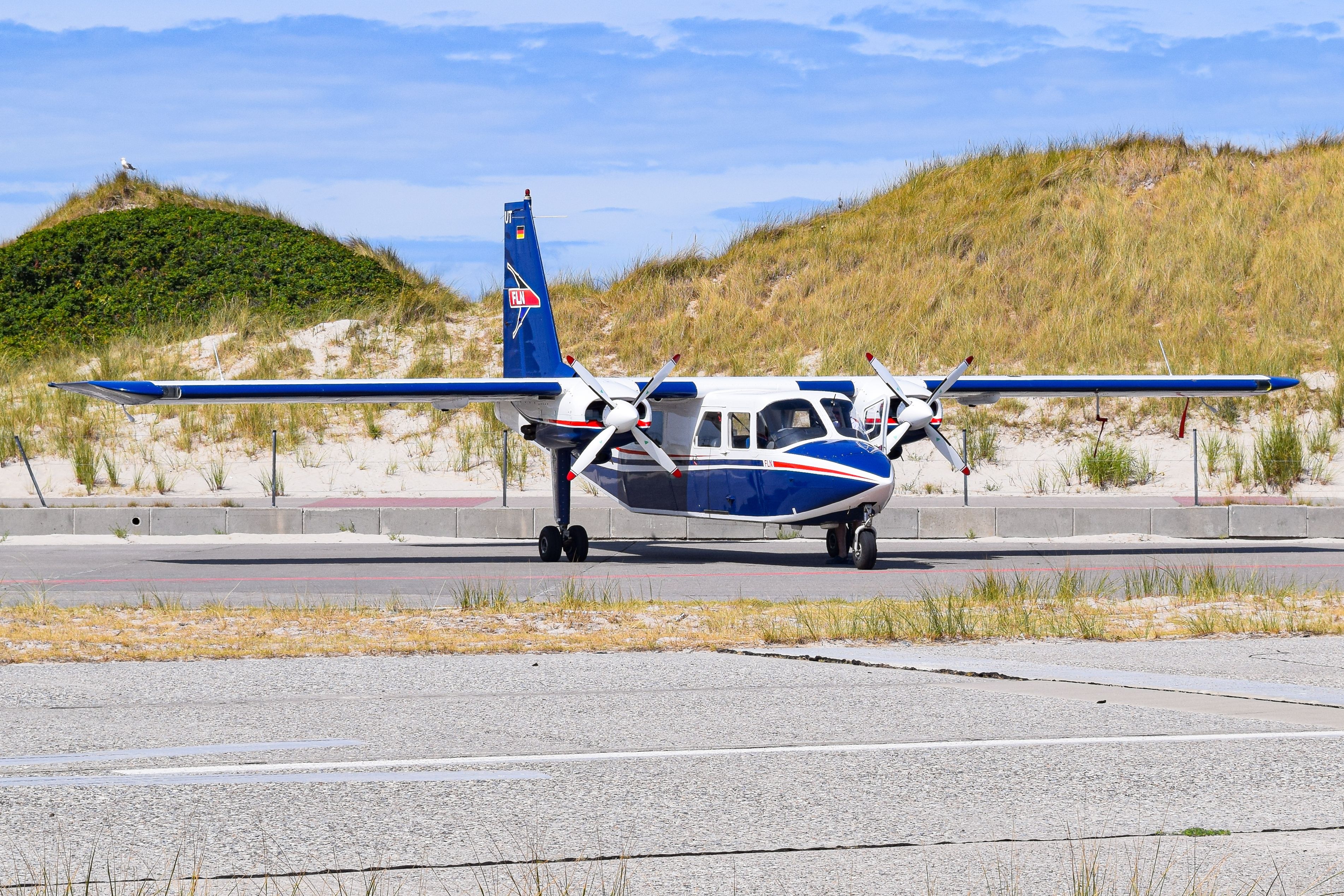
Production Of Britten-Norman’s Islander Aircraft Returns To The UK After 55 Years
The production facility will contribute to the economic growth of the Isle of Wight.
Britain-Norman’s BN-2 Islander is widely known as the “world’s most versatile aircraft.” The aircraft was designed to provide easy access to the shortest, most challenging runways and remote environments. The BN-2 Islander’s performance is unparalleled when it comes to operating on unprepared, rough airstrips and challenging terrain. To date, the manufacturer has produced nearly 1,300 examples of the aircraft.
What are your thoughts on these aircraft or others that can operate from almost any airstrip? Share your views in the comments section.


